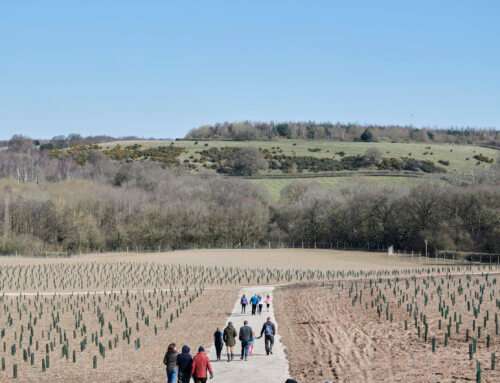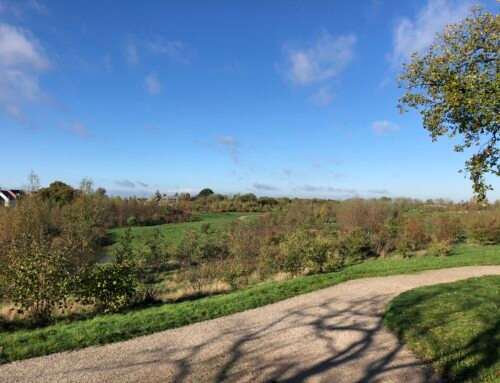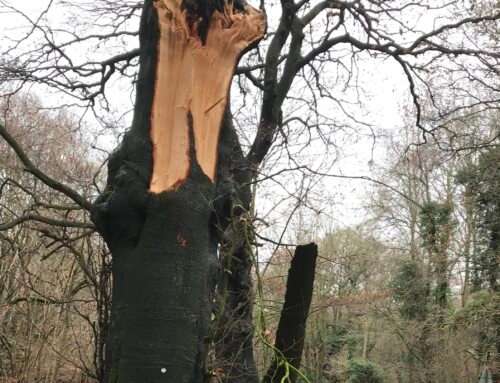Understanding the Importance of Trees and Development
Site: Metcalfe Way, Haddenham
Client: Castlemore Homes Ltd
Departments Involved: Arboriculture, Ecology and Landscape Design
Overview
The protection and retention of trees when developing land and property is always an important factor to consider when preparing your planning application. Thankfully, our expert team of arboricultural consultants can support you from the initial concept through to submission and beyond.
Trees provide a wealth of benefits – in terms of amenity, climate, culture etc. – alongside their intrinsic value. However, trees are not just valuable on their own. Hedgerows and groups of trees running along field margins, for example, provide crucial habitat for nesting birds and foraging corridors for bats. Managing trees and arboricultural features appropriately is therefore essential to ensure their continued benefits for future generations.
In a recent project, our arboricultural consultants worked alongside our ecologists and landscape architects to support our client, Castlemore Homes Limited, in the planning process for their new development.
Highlights
- The majority of existing trees were retained and had an influence on the design process.
- There was an increase in biodiversity net gain.
- Nicholsons Arboriculture Team identified suitable protection measures that minimised harm to the retained trees.

Context
The proposed development aimed to create 27 new dwellings. At the site, the existing tree cover was largely confined to the site boundaries and existing field margins. It was also noted that the trees with higher arboricultural value were predominantly located along the eastern site boundary. From the early stages of Nicholsons involvement in the project, it was understood that these trees were to be retained and incorporated into the proposed development.


Nicholsons Involvement
To minimise the potential for harm to the retained trees, Nicholsons prepared an Arboricultural Impact Assessment (AIA) report alongside accompanying plans to identify suitable protection measures.
In this respect, tree protection barriers and temporary ground protection were proposed to minimise potential damage to trees along the northern and eastern boundaries.
The majority of existing trees were retained and incorporated into the new design as a source of screening and amenity value. Arboricultural input within the design process has also allowed for sufficient spacing between retained trees and proposed dwellings to minimise conflicts and subsequently reduce the extent of protection measures required.
Outcomes
Our involvement and professional advice enabled the client to submit an attractive planning application which, if approved, will deliver substantial benefits including:
- Private and affordable housing.
- New public open space.
- A net gain in biodiversity.
- An increase in tree cover across the site.
Contact our Arboricultural team on 01869 340342 / franca@nicholsonsgb.com to discuss your planning requirements.





